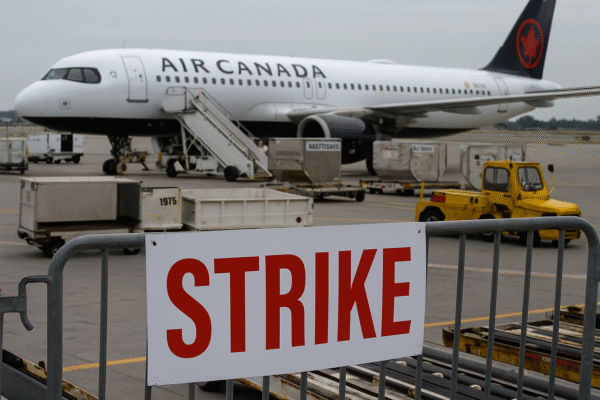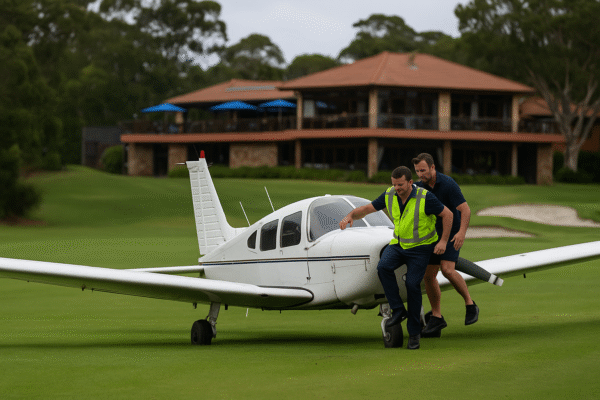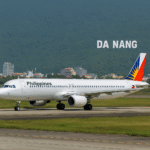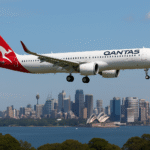SAS Orders 55 Next-Gen Embraer Jets to Reinvent Scandinavian Air Travel
In a landmark move set to redefine regional air travel in Northern Europe, Scandinavian Airlines (SAS) has announced an order for up to 55 new Embraer E195-E2 aircraft. Unveiled by SAS CEO Anko van der Werff at an aviation summit in Copenhagen on July 1, 2025, the agreement includes 45 firm orders with 10 additional options, positioning the airline for a comprehensive fleet renewal. The aircraft will be delivered at a rate of one per month starting in late 2027, over a four-year period.
The $4-billion investment is one of the largest aircraft acquisitions in SAS history and reflects the airline’s vision of building a more efficient, sustainable, and passenger-friendly network across its core markets: Copenhagen (CPH), Stockholm (ARN), and Oslo (OSL).
A Strategic Move to Modernize Regional Operations
The Embraer E195-E2, a next-generation regional jet, is designed to serve short- to medium-haul routes with an emphasis on fuel efficiency, lower emissions, and modern passenger comfort. With capacity for up to 130 passengers, the aircraft is ideal for increasing frequency on regional routes and offering more direct connections between Scandinavian cities and underserved European destinations.
“This order underscores our commitment to offering passengers more efficient travel options while maintaining our environmental responsibility,” said van der Werff during the announcement. “These jets will allow SAS to increase flexibility, improve route profitability, and reduce our carbon footprint across the network.”
Key Features: Quiet, Green, and Efficient
The Embraer E195-E2 offers a leap in operational and environmental performance. Compared to its predecessor, the E2 variant delivers up to 25% better fuel efficiency and 10% lower operating costs per seat. This contributes directly to SAS’s sustainability goals while enabling cost-effective operations on thin and medium-density routes.
A major highlight is the aircraft’s reduced noise profile—up to 65% quieter than previous models. This is particularly advantageous for airports like Copenhagen, where proximity to residential areas makes noise pollution a growing concern. The low-emission design is also aligned with SAS’s commitment to achieving net-zero carbon emissions by 2050, part of broader EU and Scandinavian environmental objectives.
The E195-E2’s advanced Pratt & Whitney GTF engines, lighter airframe, and cutting-edge aerodynamics contribute to lower greenhouse gas emissions, allowing SAS to meet evolving European aviation sustainability standards.
Strengthening the Core: Copenhagen, Stockholm, Oslo
Copenhagen Airport (CPH), already SAS’s main hub, stands to benefit the most from the fleet expansion. With these new aircraft, SAS will increase frequency on domestic and European routes while enabling the launch of new point-to-point services. The goal is to make Copenhagen an even more competitive transfer hub for travelers connecting between Europe and the Nordic region.
Similarly, Stockholm Arlanda Airport (ARN) and Oslo Gardermoen Airport (OSL) will see expanded capacity and frequency, especially on business and leisure-heavy corridors. Stockholm, known for its dynamic business climate and tourism draw, will become a launchpad for additional intra-European connectivity. Oslo, with its booming startup scene and natural tourism appeal, is expected to receive more agile and frequent service.
By decentralizing its growth across all three capitals, SAS reinforces its pan-Scandinavian identity while responding to increasing demand for both domestic and short-haul international travel.
Boosting Regional and European Connectivity
The new Embraer aircraft will be used to serve high-potential secondary cities and business centers currently underserved by larger aircraft. This opens opportunities for SAS to compete more effectively with low-cost carriers by offering greater schedule flexibility, better on-time performance, and enhanced passenger comfort.
Notably, the cabin design of the E195-E2 includes wider seats, larger overhead bins, and a quieter experience—all enhancements that align with SAS’s focus on improving the passenger journey.
For Scandinavian travelers, this could mean more direct options to cities like Hamburg, Lyon, Bilbao, and regional destinations in the Baltics and Eastern Europe. It also allows SAS to optimize capacity and profitability on routes previously limited by larger narrowbody aircraft.
Sustainability-Driven Growth
The fleet renewal marks a strategic pivot for SAS from crisis recovery to sustainability-driven growth. After several years of operational restructuring and financial stabilization, the airline is re-investing in assets that support both performance and environmental goals.
The E195-E2 aircraft will gradually replace older, less efficient regional jets in the SAS fleet, reducing maintenance overhead while improving reliability and environmental performance. This transition supports SAS’s alignment with the European Union’s Green Deal aviation targets and positions it as a leader in responsible regional aviation.
Looking Ahead: A New Era for Scandinavian Aviation
With deliveries scheduled to begin in 2027, SAS is charting a long-term course for success in a changing aviation landscape. The Embraer E195-E2 order reflects not only a commitment to operational excellence but also to the Scandinavian values of innovation, sustainability, and regional collaboration.
As more airlines across Europe invest in fleet renewal, SAS’s bold move places it at the forefront of a new generation of air travel—where comfort, connectivity, and carbon reduction go hand in hand.
From the historic terminals of Copenhagen to the fjord-surrounded runways of Oslo and the cultural landmarks of Stockholm, SAS is preparing to lead the Nordic skies into a cleaner, quieter, and more connected future.
For more travel news like this, keep reading Global Travel Wire



















